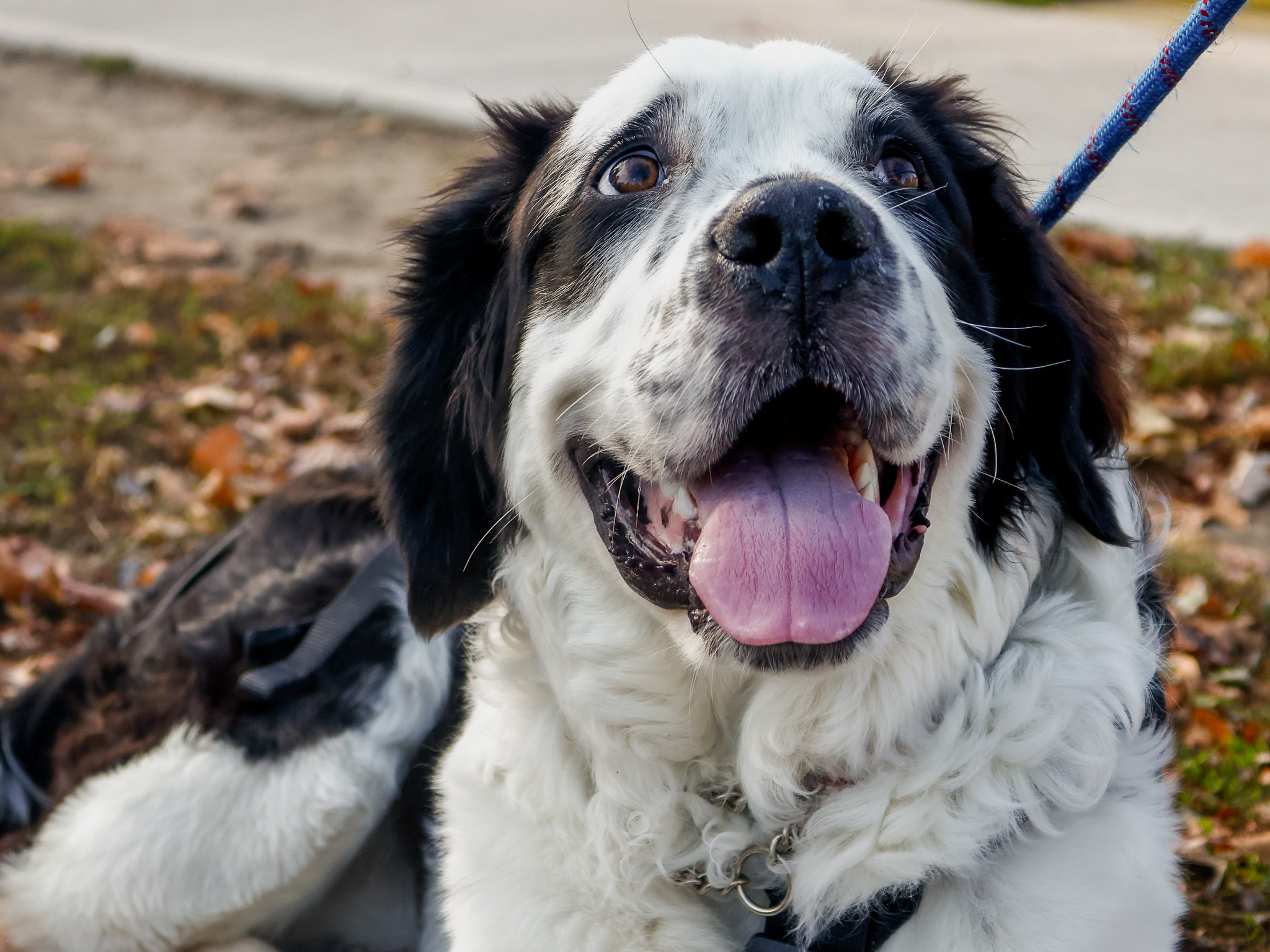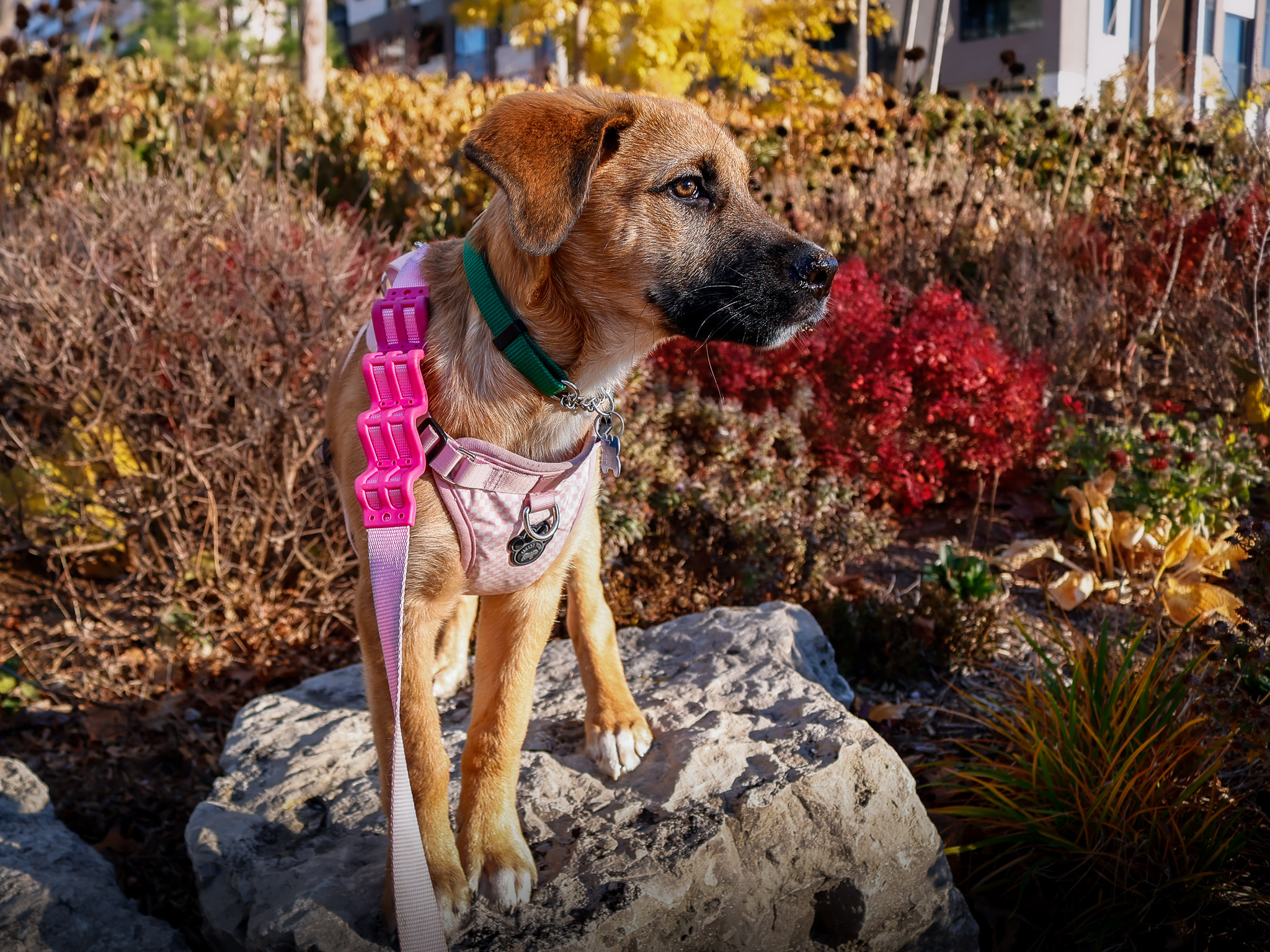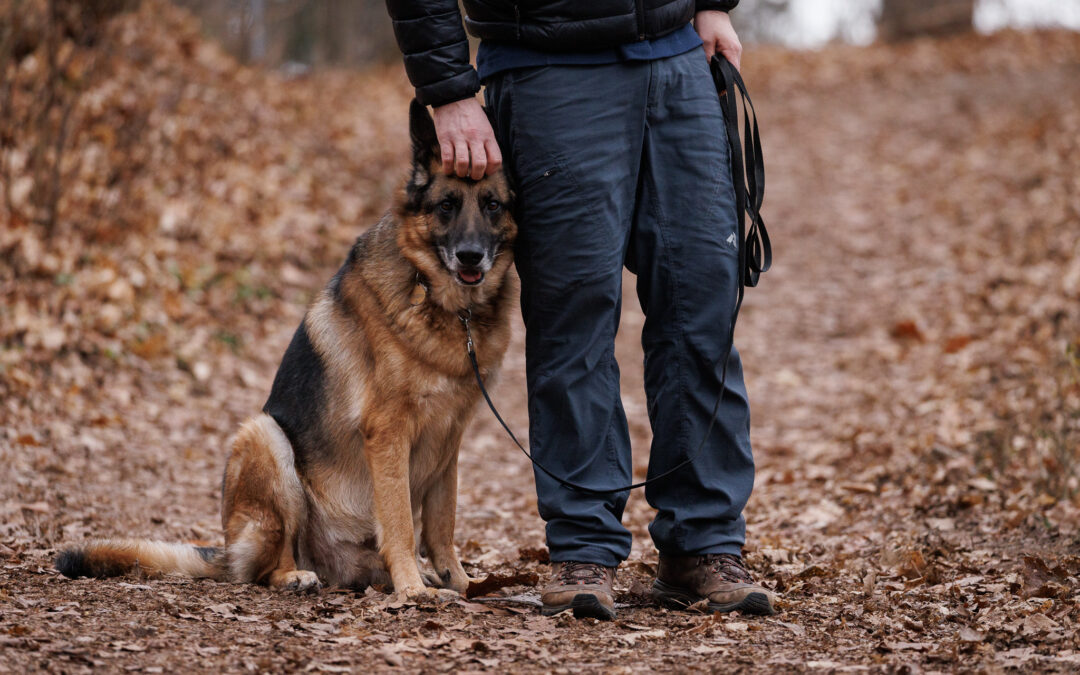This article was written for Coyote Watch Canada. You can read the original article here.
With over 8.2 million dogs in Canada, it’s undeniable that these four-legged creatures have become an essential part of many of our lives.
Our relationships with our dogs have benefited our lives in ways science is still trying to understand — with hundreds of studies around the world telling us that dog owners live longer, make fewer annual trips to the doctor, have lower rates of stress, loneliness, and depression, have fewer heart attacks, and have higher self-esteem (among many other benefits!).
However, as much as we love our domesticated canids, evidence tells us that dogs and conservation don’t always mix.
Dogs have a big ecological ‘pawprint’, and can have detrimental, and even devastating impacts on wildlife and their ecosystems. It’s easy for our adoration of our pets to overshow our ability to be aware or acknowledge the significant impact our pets can have on wildlife and their habitats — which includes consequences that range from spooking and displacing wildlife, to spreading disease, to trampling sensitive vegetation, to mauling or killing other species.
Thankfully, we don’t have to choose between our beloved pet and making choices that support the wildlife and natural environments around us. There are easy choices we can make as responsible dog guardians to reduce our canine companion’s ecological impact and keep our local wildlife safe.
Here are six easy ways we can minimize our dogs’ impact on wildlife...
1. Leash Up
A 2011 study demonstrated that a whopping 92.3% of conflict situations between dogs and coyotes in Canada occurred when the dog was off-leash.
As much as we love to have fun with our pups, off-leash dogs can have devastating consequences on local wildlife and their ecosystems.
How?
- Directly causing injury or death. Each year, off-leash dogs are responsible for chasing, harassing, injuring and killing wildlife. While exact numbers are hard to determine, wildlife rehabilitation centers across Canada frequently treat injuries for a range of species, including squirrels, rabbits, shorebirds, foxes, skunks, deer fawns, seal pups, and more. Off-leash dogs can also trigger defensive behaviour from larger species, like bears, wolves, elk, bighorn sheep, and coyotes, which put the dog and potentially their human at risk.

- Expending essential energy to stay safe: Even when dogs are unsuccessful in killing or injuring wildlife during an encounter, birds and wildlife still have to use significant amounts of energy to escape or avoid off-leash dogs. This is energy they need to survive — to find food and shelter, rest, reproduce, take care of their young, or escape other natural predators. Some animals are especially vulnerable to being chased — including migrating birds, pregnant or nursing wildlife, and newborn animals who do not have the energy reserves needed to repeatedly avoid dogs.
- Causing temporary or permanent dislocation: Research shows that a dog’s presence can cause wildlife to move away from an area. It can also result in them becoming less active during the day to avoid dog interactions . In fact, data has proven that a dog’s scent has been proven to repel certain wildlife, even after the dog has left the area.
- Increasing stress levels: Encounters with (or even the presence of) dogs can also lead to increased levels of stress among wildlife, which can affect their immune systems (making them more susceptible to disease), cause them to stop routine activities, and even reduce their reproduction and growth rates.
- Damaging important ecosystems: Off-leash dogs also cause more physical damage to habitats through trampling vegetation, digging, and destroying natural habitats. They can also destroy nests, dens, and lead to displacement of wildlife and birds.
While these consequences are likely far from our intentions when letting our pups roam off-leash, they are still our responsibility as pet guardians. (And if the reasons above aren’t enough of a reason to follow leash laws, remember that is also illegal to have pets off-leash in designated on-leash areas, and often comes with a hefty fine).
If you are looking for some off-leash fun, most cities have plenty of designated off-leash options available for you and your pup (in fact, the city of Toronto has over 70 designated off-leash parks, and Calgary has over 160).
Keeping your dog on leash at all times in areas where it’s required is the easiest way to prevent conflict with wildlife. By following best practices and leashing up, you can still enjoy nature with your pup, without causing harm to the wildlife and ecosystems around you.
2. Stick to the trail and follow regulations (they’re there for a reason)
Another easy but important step is to obey signage and bylaws when visiting wild spaces with your pet. This, of course, includes abiding by leash laws, but goes beyond that.
- If a park or trail does not allow dogs, it’s for the safety of you and your dog, and/or the habitat and wildlife that live there.
- In the most ecologically sensitive areas, you may be required to leave your dog at home. This isn’t to spoil your fun, it’s to support delicate ecosystems that need extra protection.
- Some parks and trails may also have seasonal restrictions (to give at-risk species like nesting birds the best chance at success and safety when they’re especially vulnerable).
- This also means sticking to trail routes, which are often there to direct us away from sensitive areas. By sticking to trails, we also give wildlife the opportunity to avoid conflict with us.
By being mindful of these fragile ecosystems, we can keep these wild spaces we love and enjoy wild.

3. Always pick up the poop
According to the Canadian Animal Health Institute, nationally our pets produce over 2.5 million kilograms of dog waste per day (that’s over 924 million kilograms per year).
Picking up after your dog may not seem like a big deal, but it is an absolutely essential step to keep our pets’ ecological footprints small.
It’s a common misconception that dog waste is safe, natural, and compostable — but it isn’t! Dog waste is considered a toxic pollutant, and takes months to break down in nature. It can also pose serious health risks to humans, wildlife, and ecosystems.
In fact, research tells us that up to 30% of all bacteria in urban watersheds can be traced back to dog waste.
Beyond being unpleasant, it has many negative effects on on the environment, including:
- Spreading disease: Dog poop can contain harmful bacteria, infections, and parasites (including E.coli, salmonella, ringworm, giardia, and tapeworms). Some of these pathogens can stay active in the soil for years! And many can make other species – including coyotes, foxes, other dogs, and even people (especially young children) – very sick if exposed.
- Damaging the environment: Dog waste is highly acidic, and can harm soil, grass, and native plant species. Most commercial pet foods also contain high levels of chemicals like nitrogen and phosphorus, which reduces overall biodiversity by only supporting the growth of select plant species.
- Contaminating waterways: Rainfall can wash dog waste into our lakes, streams, and rivers, which can affect our water quality, contaminate our waterways, affect aquatic ecosystems, and even cause toxic algae blooms. Dog waste even has the potential to populate our drinking water, which leads to much more intensive and expensive water treatment.
- Attracting wildlife: Dog waste can also attract other species, especially rodents, which in turn attracts predator species that rely on them as a food source. This increases the chances of encounters between our pets and wildlife.
- Plus, it ends up on anything that steps or rolls over it (spreading potential impact even further).
So remember — picking up after our dogs may seem like a small action, but it has a big impact on our ecosystems. As an added note: Using biodegradable poop bags to pick up after your pet also helps minimize waste and impact (since 2.5 million kilograms a day requires a lot of poop bags).
4. Be mindful of pet food, garbage, and other attractants
Feeding wildlife (intentionally or unintentionally) disrupts natural foraging behaviour and encourages an unnatural proximity tolerance to humans. Wildlife will also begin frequenting areas with easy food sources more regularly, all of which can result in increased wildlife-human (or pet) conflict.
Pet food (and waste) can be especially tempting. You can help avoid attracting wildlife to your yard and neighbourhood by simply by ensuring you aren’t accidentally leaving food out for them.
Simple steps include:
- Always feeding your dog indoors.
- Not leaving pet food or bowls outside.
- Removing pet waste in your yard regularly.
And keeping your garbage in a secure container with a lid, and ensuring your containers are in good condition.
5. Learn about your local wildlife
Take time to learn who you and your dog are sharing space with. Understanding local wildlife, their patterns and behaviour can help you be more mindful of their activity and avoid conflict.
For example:
- January and February is mating season for coyotes, and sightings tend to increase as they are actively seeking a mate.
- Spring tends to be a time when many animals are nesting and denning, making vulnerable young (including ground-nesting birds, rabbits, etc.) especially vulnerable to dogs. If you notice your dog fixating on certain spots in the yard or on a trail, it might mean they’ve found a nest or denning site .Many parents will also defend their young if needed, which makes leashing and supervising your dog even more important.
- In the fall, animals like bull elk become far less tolerant of dogs or humans during the rut.
This information can help you take extra precautions to keep local wildlife (and your beloved pet) safe.

6. Know what to do if you have a wildlife encounter
If we are regularly (and responsibly) out enjoying nature with our dog, we are likely to encounter wildlife on occasion.
In these circumstances, you can help ensure the encounter is safe and uneventful by:
- Remaining calm.
- Keeping yourself and your dog a safe distance away from wildlife.
- If the dog is not on leash (remember, step 1: follow leash laws), leash the dog immediately. If needed, small dogs can be picked up.
- Avoid causing undue stress on the animal. Do not let your dog bark, lunge, attempt to reach the animal.
- Leave the area with your dog as soon as possible. Make sure to leave the area slowly and calmly, facing the animal and keeping your dog close to you. Do not run from predators.
While it’s undeniable that the presence of our beloved dogs takes a toll on wildlife and their habitats, there are so many steps we can take to promote harmony between our pets and nature. In fact, it’s part of the responsibility that comes with being a dog guardian (and animal lover at our core).
These simple but effective choices can help us peacefully coexist with wildlife (all while having fun with our pups!).

